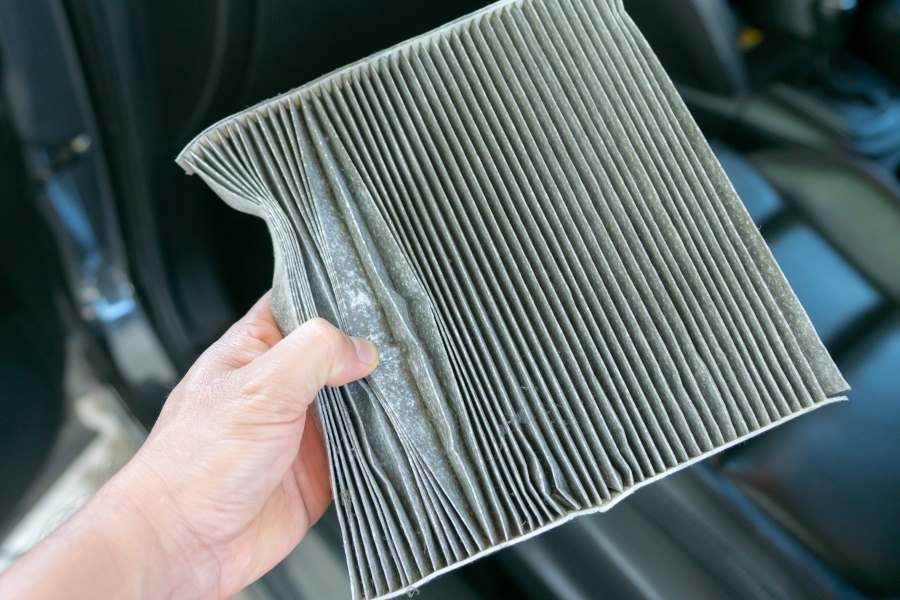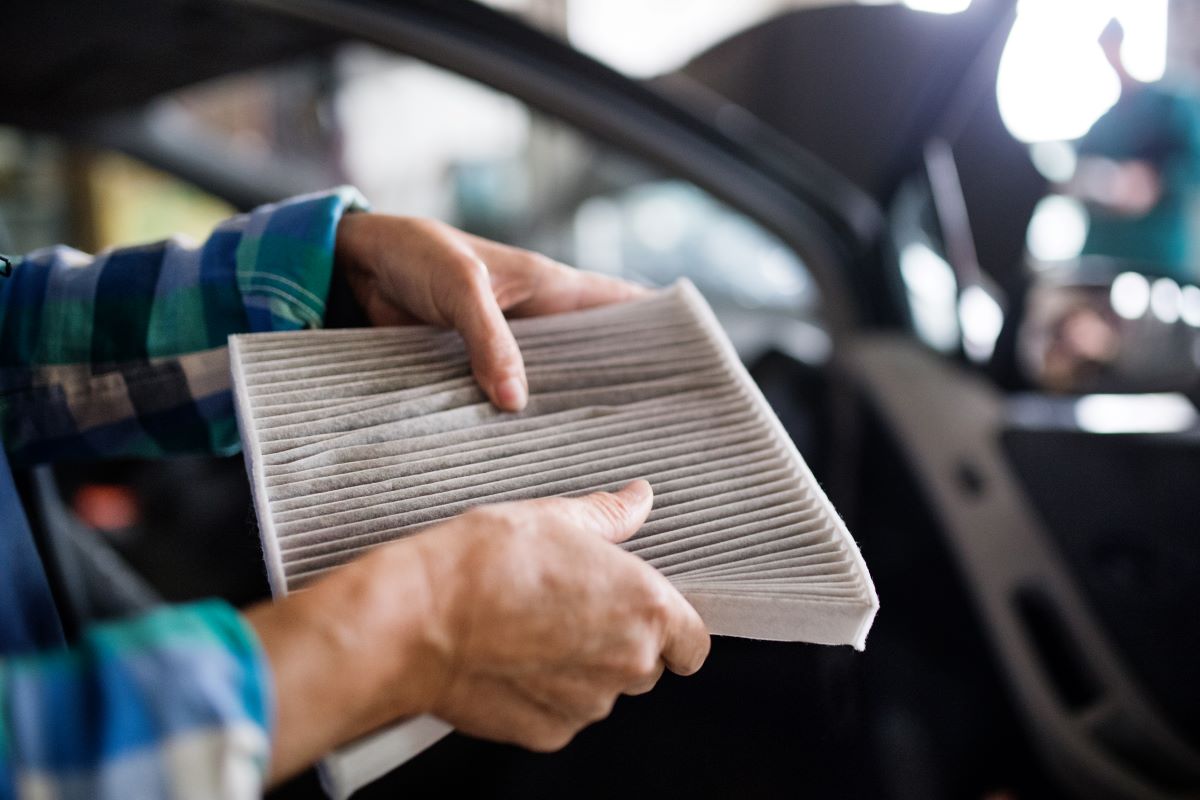9000+ Cashless
Network Garages
96% Claim
Settlement (FY23-24)
24*7 Claims
Support
Click here for new car
I agree to the Terms & Conditions

General
General Products
Simple & Transparent! Policies that match all your insurance needs.


37K+ Reviews
7K+ Reviews
Scan to download
Life
Life Products
Digit Life is here! To help you save & secure your loved ones' future in the most simplified way.


37K+ Reviews
7K+ Reviews
Scan to download
Claims
Claims
We'll be there! Whenever and however you'll need us.


37K+ Reviews
7K+ Reviews
Scan to download
Resources
Resources
All the more reasons to feel the Digit simplicity in your life!
 Tools & Calculators
Tools & Calculators


37K+ Reviews
7K+ Reviews
Scan to download
37K+ Reviews
7K+ Reviews
 Logout
Logout
Our WhatsApp number cannot be used for calls. This is a chat only number.


9000+ Cashless
Network Garages
96% Claim
Settlement (FY23-24)
24*7 Claims
Support
Click here for new car
I agree to the Terms & Conditions

Add Mobile Number
Sorry!

9000+ Cashless
Network Garages
96% Claim
Settlement (FY23-24)
24*7 Claims
Support
Terms and conditions

In the complex world of automotive components, one often overlooked yet crucial element is the cabin air filter. While drivers may be aware of engine air filters and oil filters, the cabin air filter plays a crucial role in improving the driving experience.
To have a good experience while driving, it is important to know about the cabin air filter, its working, signs of a bad cabin air filter, how to replace it and factors affecting its longevity.
A cabin air filter is an important component of your car’s ventilation system designed to trap dust, pollen, and other foreign substances, ensuring that the air circulating inside your car remains clean and breathable.
Contrary to popular belief, the cabin air filter is not the same as the AC filter. A clean cabin air filter not only contributes to a healthier driving environment but also ensures the efficient performance of your vehicle's heating, ventilation, and air conditioning system.
A cabin air filter is like a flat, folded, usually rectangular gadget made of a mix of paper, mesh, and cotton with activated charcoal. When air comes into your car, these filters catch dirt and stuff in it before it gets into your personal space.
They're usually behind your glovebox or near the bottom of your car's windshield under the hood. These filters are made to get rid of almost all the dirt in the air, about 99.995 percent, that's as tiny as 0.1-0.3 microns.
A micron is a really tiny unit, 1/25,000th of an inch, used to measure small particles in the air. A clean cabin air filter ensures unobstructed airflow, allowing the air conditioning system to work properly.

It's important to spot signs that show your car's cabin air filter is dirty and needs changing., signs of dirty cabin air filters are:
Replacing your cabin air filter is an easy task that can be done with a few steps such as:
The steps for replacing the in-cabin air filter are:
The steps for replacing the underhood cabin air filter are:

If you smoke cigarettes, cigars, or marijuana (which is not recommended in your car), it can reduce the efficiency of your cabin air filter. The more you smoke in the car, the more the filter gets clogged because of your smoking habits.
Similarly, if you use hair spray or other beauty products that spray into the air, it can also affect the performance of your cabin air filter. Extreme climate conditions, whether hot or cold, can impact the filter material and reduce its effectiveness over time.
Additionally, driving in areas with high levels of airborne contaminants, such as pollen or pollution, can accelerate the filter's deterioration.
The cabin air filter is a small yet indispensable component that greatly contributes to the overall driving experience. By understanding the role, signs of wear, and replacement process of the cabin air filter, you empower yourself to take control of the air quality within your car, enhancing your overall driving experience.
Cabin air filters usually endure approximately 24,000 kilometres, which is slightly more than one year.
Cabin air filters usually endure approximately 24,000 kilometres, which is slightly more than one year.
Yes, you can run your AC without a cabin air filter, but it's not recommended as the filter helps trap dust and pollutants, improving air quality. However, it won't damage the AC system if temporarily operated without a filter.
Yes, you can run your AC without a cabin air filter, but it's not recommended as the filter helps trap dust and pollutants, improving air quality. However, it won't damage the AC system if temporarily operated without a filter.
If you don't change the cabin air filter, it can lead to reduced air quality inside your car and diminish the effectiveness of your heating and air conditioning systems. Additionally, prolonged neglect may strain your car's overall performance.
If you don't change the cabin air filter, it can lead to reduced air quality inside your car and diminish the effectiveness of your heating and air conditioning systems. Additionally, prolonged neglect may strain your car's overall performance.
Please try one more time!
Other Important Articles About Different Car Parts
Other Important Articles about Car Insurance
Have queries related to Digit motor insurance policy? You can refer to our Policy Wordings for detailed information or reach out to our support team via WhatsApp self-support, email or phone using the information below:
Connect with our self-serve chat bot support - 7026061234
Write to us at hello@godigit.com
Contact
Call us on 1800-258-5956
Other Motor Insurance Plans and Guides
Currently there are no news to show.
Read More
Renew & Download Policy Document, Check Challan, Credit Score, PUC & more
Anytime, Anywhere. Only on Digit App!

4.7
Rated App56K+ Reviews
4.7
Rated App
56K+ Reviews
4.3
Rated App11K+ Reviews
4.3
Rated App
11K+ Reviews
Scan to Download


Author: Team Digit
Last updated: 07-04-2025
CIN: L66010PN2016PLC167410, IRDAI Reg. No. 158.
Go Digit General Insurance Limited | Corporate Office Address: Atlantis, 95, 4th B Cross Road, Koramangala Industrial Layout, 5th Block, Bengaluru 560095 | Registered Office Address: 1 to 6 floors, Ananta One (AR One), Pride Hotel Lane, Narveer Tanaji Wadi, Shivaji Nagar, Pune-411005, Maharashtra | Trade logo of Go Digit General Insurance Ltd. displayed above belongs to Go Digit lnfoworks Services Private Limited and is provided and used by Go Digit General Insurance Ltd. under license.
Explore exclusive features, file claims & access policy on Digit App!
You can also scan this QR code to download the App.